Climate change is scary. Here’s what gives people hope
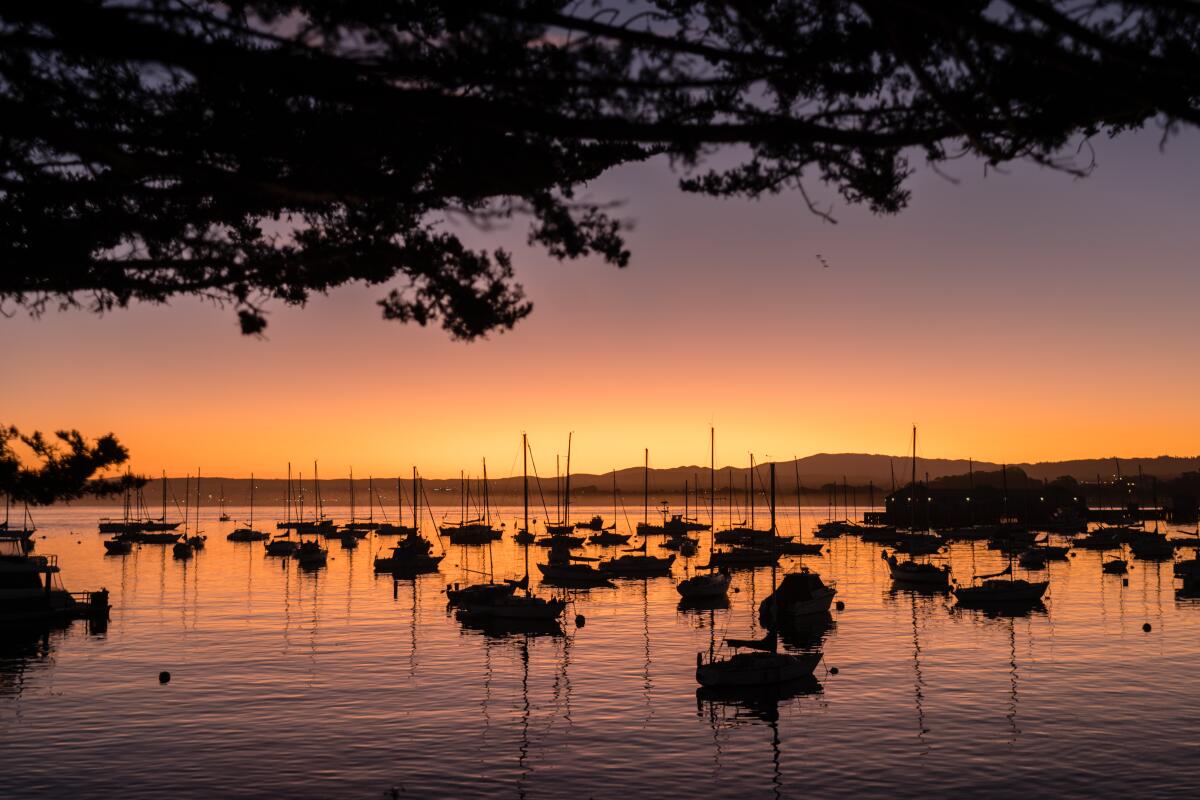
- Share via
Two years ago for Thanksgiving, I asked my L.A. Times colleagues who write about the environment: What gives them hope?
Last year, I posed the same question to people working on climate change professionally.
This year, it’s your turn. Dozens of readers answered the call when I asked what keeps them going amid the climate chaos.
Thank you to everyone who shared your optimism. Here’s what a few of you had to say.
**
Richard Ahern, Phoenix: What keeps me hopeful is the same thing that allows so many of us to be cheerful: the pace of positive technological advancement.
Foundationally, climate change is created by technology. Only technology can fix it. We found the resources to build coal plants and internal combustion engines. We are now finding the resources to build and implement tech that provides us the same benefits without air pollution or climate-harming emissions: solar photovoltaic, solar thermal, geothermal, wind turbines, lunar (tidal) turbines, electrochemical batteries, gravity batteries, heat batteries and more. Plus, more efficient usage tech such as LED lighting.
The future looks bright to me.
Lauren August, Los Angeles: In my own journey facing climate change, I struggled with feeling like whatever I do, my personal impact will be negligible. So, wanting to maximize my impact, I tried to figure out what THE solution to climate change is.
There are so many people working on this issue (e.g., scientists, politicians, businesspeople) using different strategies (e.g., renewable energy, transportation, land conservation) that it’s hard to identify which one is the most helpful. But then I realized that they’re all helpful. This realization gave me hope, because it made me stop feeling like whatever I do won’t be good enough.
It doesn’t matter what I do to fight climate change: the key point is doing SOMETHING to fight climate change. Climate change is here because billions of people over hundreds of years have said “my personal impact will be negligible.”
Harming the environment once, in aggregate, has a big impact. But the converse is also true: helping the environment once, in aggregate, has a big impact.

Shawn Boyle, Monterey County: After I saw the opportunity to write about this, I attempted to wordsmith some profound description of optimism as our present reality leans into a hot new world. But what can be said when California and our country seesaw between extreme drought and fires, while atmospheric rivers dump water all at once?
Many of us are on a seesaw in our lives too. We contend daily with politics that separate us, an onslaught of various digital conditions that consume us and monetary considerations that worry us. There’s a whole array of reasons why it’s hard to give attention to caring for our planet.
Put simply, people need to care. I feel most people do. I feel enlightenment and knowledge is indeed permeating the hearts and minds of a critical mass of people who attempt to do the right thing to help our climate uncertainty. This keeps me optimistic.
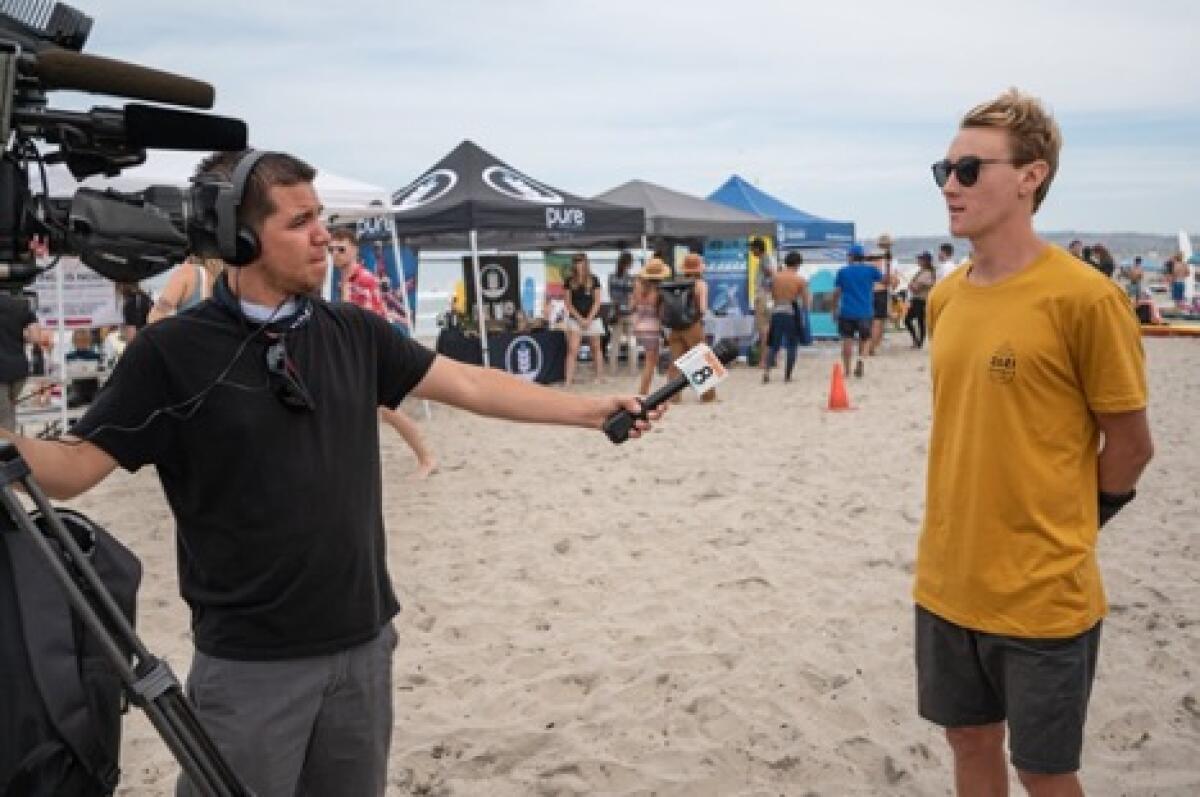
JP Bruner, San Diego: When faced with a challenge as daunting as the climate crisis, some people, myself included, can become paralyzed into inaction. Often times, people spend the little time and energy they can carve out outside of their daily lives to address climate change on making changes in their personal lives. This is great. However, what gives me hope is just how easy it is to be involved in making meaningful change at a systems level.
There is much talk about the erosion of democracy in our country. But in my experience, democracy is alive and well at the local level. Anyone and everyone is allowed their three minutes to speak their mind and lay out their argument at a city council meeting. At your local city council meeting, your voice is heard, and you have direct access to the people who can make real change where you live. It’s often quite a beautiful thing.
Adding protected bike lanes, moving to all-electric buildings and a grid run exclusively on renewables are all items anyone can contribute to getting done where they live. So find a local group, get involved and make some noise in the city you live in.
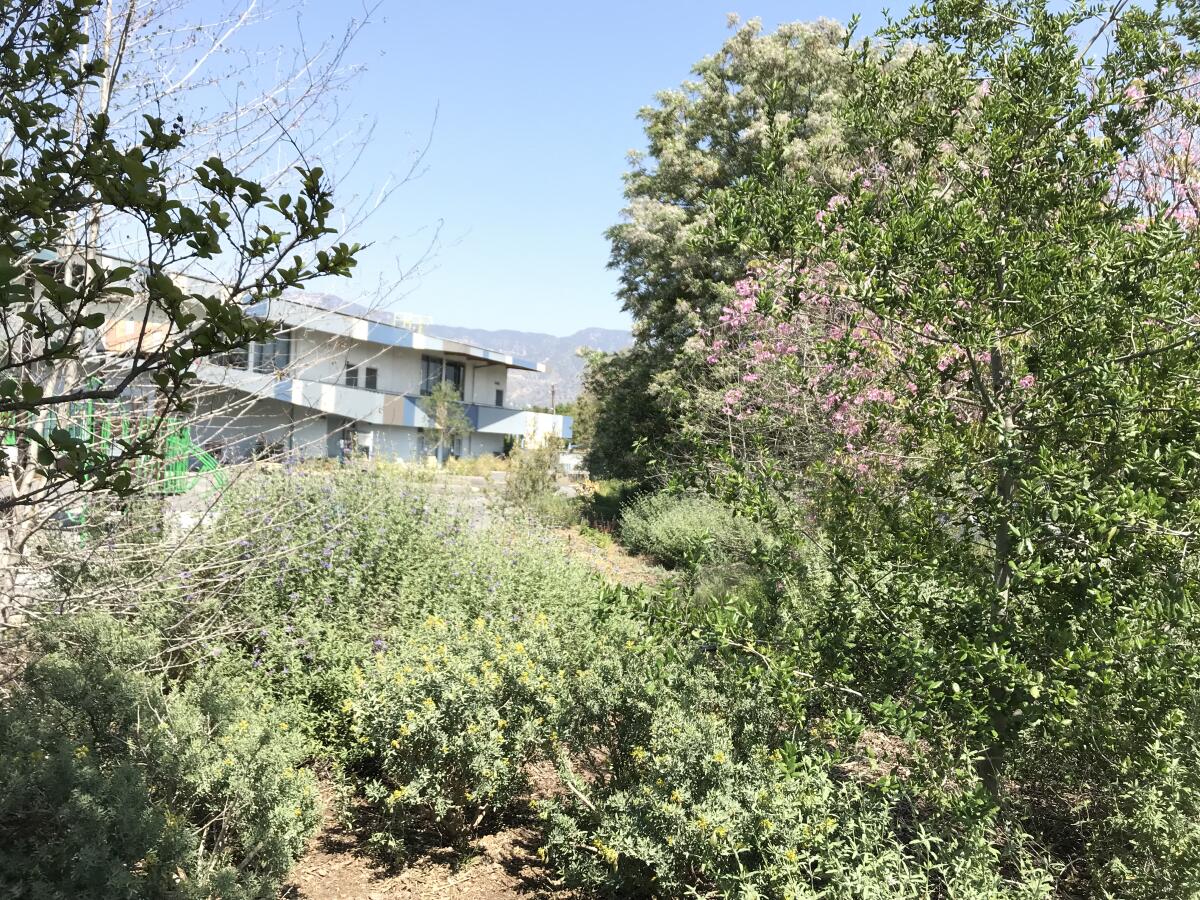
Monica Campagna, Glendale: When I am down about the state of the world, I visit the school campus I help care for. It’s full of native plants and stormwater capture systems. Where once there was asphalt, there is now a thriving ecosystem.
When I see the kids interacting with their little universe there — searching for monarch caterpillars in the milkweeds, or watching a praying mantis battling a butterfly, or asking about certain kinds of harlequin-looking beetles they find on the bladderpod, or making little fairy houses with the flowers and twigs they find, or drawing pictures on the sidewalk with Toyon berries — it’s everything. I feel hope that we have future stewards of this precious planet.
When I look around, I can see what kind of transformation is possible with the right care and intention, and that inspires me to do more.
Helen Campbell, Los Angeles: One thing the pandemic taught us is that we are extremely adaptable as a people and as a society to act quickly and change our lifestyles when we need to. The solutions are probably more simple than we think and are already before us if we gave ourselves permission to see them.
For example, we have plenty of space dedicated to cars in this city. Let’s carve some of that out for faster and more frequent bus service. Let’s make some of that permanent open space and disincentivize driving. The 10 Freeway just closed, so we made transit more frequent. We have a high vacancy rate for government jobs — let’s repurpose some of those positions and take a chance on young talent or folks who don’t have the best track record.
Let’s not overcomplicate things and do this already. Si se puede.
Clare Carlson, San Francisco: Amid the chaos of the climate crisis, I find hope in the conversations and environmental consciousness of my peers.
Having recently graduated college, the entirety of my life thus far has been filled with a continuous stream of climate disasters, and it is easy to be incredibly overwhelmed by the state of the world. I am filled with hope when I am able to connect with my friends and peers about ways we are trying to reduce our own environmental impacts while also educating ourselves on the climate crisis and the larger factors that contribute to it.
It seems that most people my age are deeply concerned about the way that we are treating the environment, and it is very comforting to be able to bond with others and share sentiments about climate anxiety with others who can relate.
Brian Carver, Emeryville, Calif.: Last year we got a Chevy Bolt electric vehicle. We love it. People in the Bay Area seem to agree, as I see Bolts everywhere now. People will choose a less expensive EV like the Bolt, and they’ll love it. The difference is affordability.
We need more affordable EVs, and I’m hopeful that auto manufacturers are seeing this data too and getting the message.
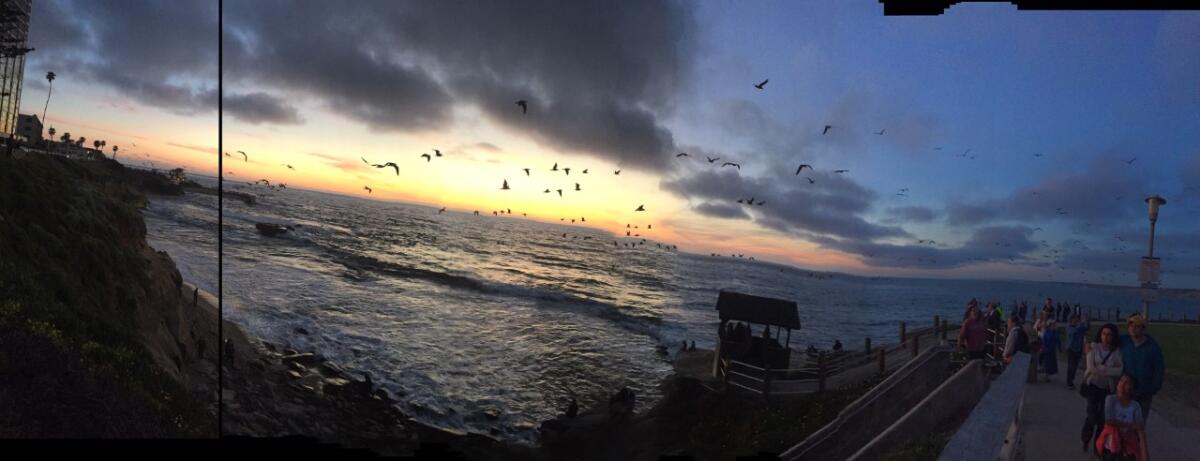
Al Chavarria, Spring Valley: Occasionally I drive out to Sunset Cliffs in San Diego to look at the sunsets over the Pacific Ocean. I admire the beauty and serenity of the moment as our bright sun travels slowly and methodically down into the distant horizon. I think of my longtime mantra, “Life is good and great things are possible!”
This process has been going on for millions of years, and I just hope that as a community we can figure out how to keep it going without destroying the natural beauty that we live in. Every day is Friday!
Gary E. Davis and Dorothy A. Davis, Westlake Village, Calif.: Especially in the darkest times, we discover that the most potent human motivator is the quest for meaning, which can save us from despair.
Humans together have an unbelievable capacity to endure. What keeps us going through insurmountable hardship, trauma and loss? It’s a quest for meaning, with its attendant strife, struggle and tension. The quest for meaning reflects one’s deepest values and highest aspirations: what you do, who you love and how you respond to life’s moments. Can humanity make common cause to overcome such a colossal mistake as making planet Earth uninhabitable?
We believe meaning can be found in any circumstance if we endure together and find meaning in our plight. To find hope, humanity must triage the climate crisis by protecting the planet, assessing the situation and acting now to do no further harm and reverse course! A long and winding journey continues to lay ahead.
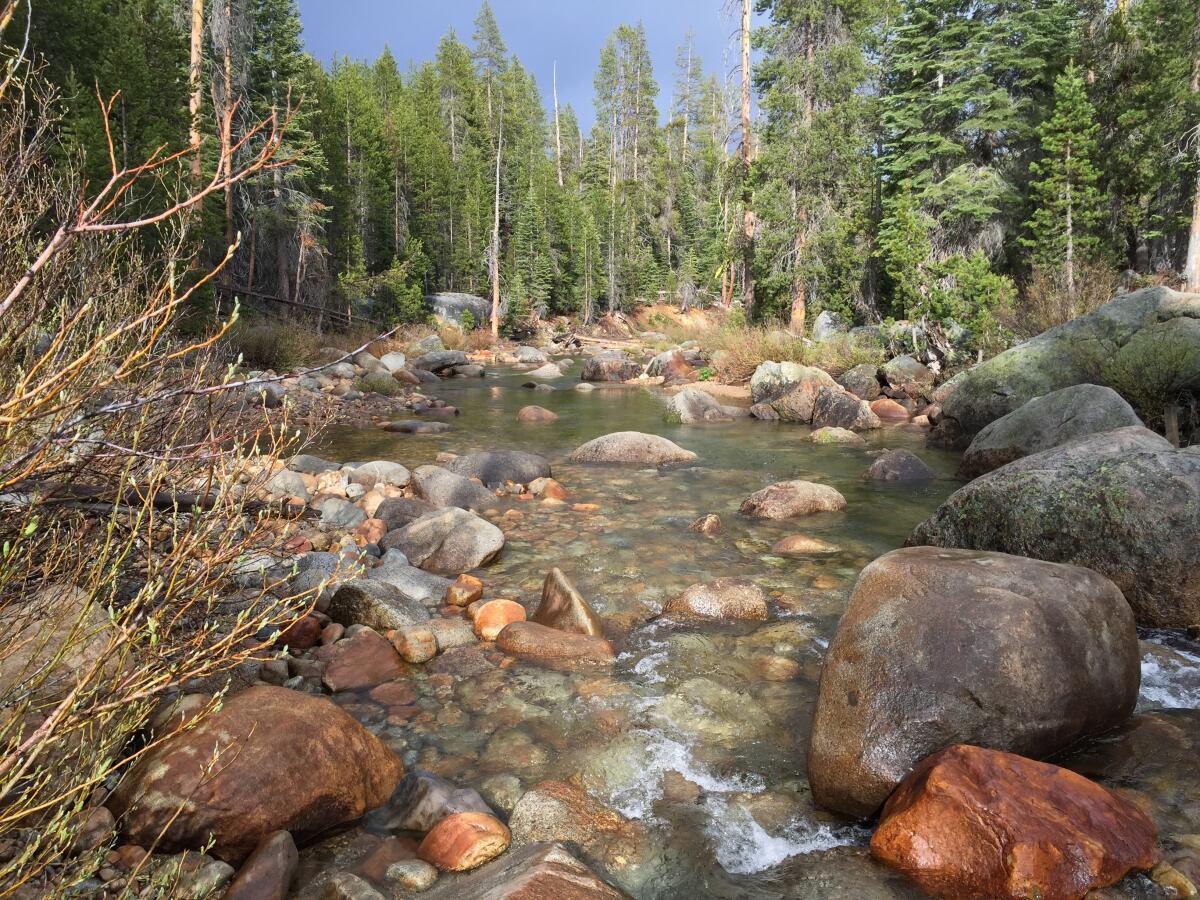
Sam Davidson, El Dorado County, Calif.: For much of my life, I’ve been an avid rock climber and mountaineer. In the most remote and inhospitable places, you still find living things — tiny red-orange bugs, ravens, marmots, algae in snowfields. That gives me hope.
Also the urgency of salmon, the feel of cool water, the wisdom of Traditional Ecological Knowledge and the energy snowballing around boosting the inherent resilience of our landscapes and watersheds. People of diverse backgrounds are now working together in unprecedented ways to take advantage of the ability of natural systems to adapt, and to strengthen our connection to them. The current collective effort to restore the Klamath River is a remarkable case in point.
I also have had a lifelong love of fishing — at its core an exercise in optimism. Step to the edge of a stream or the ocean, with a rod or no, and you’ll feel it, too.
Chris Farrington, Portland: I worked in film production for 10 years. I transitioned to selling rooftop solar last month. I’m encouraged by all the customers I meet who aren’t in it for environmental reasons, but for the economic benefits.
That may sound backwards, but believing that environmental altruism will solve the climate crisis is naive. The solar industry is an example of how we can serve people’s short-term self-interest and also make a positive change. And it’s working.
Incentives may change, but I’ve met and read about so many people who want to make a difference in the climate crisis through for-profit business ventures. It’s been said before: Solving this problem will require a mobilization of human capital on par with World War II. More people are understanding that. And if you’re reading this, you can find a way to make a difference also.
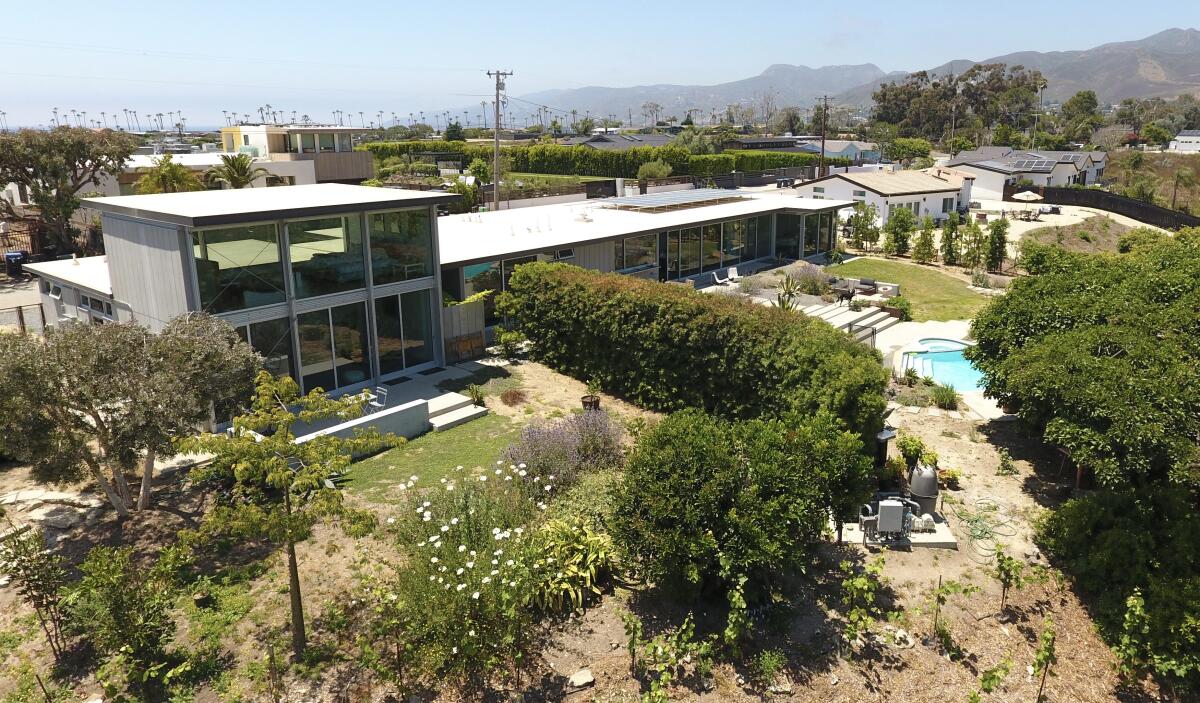
Barbara Ferris, Malibu: In November, 2018, we suddenly became climate change refugees when the Woolsey fire roared through our canyon and destroyed our home of 23 years where we’d raised our three children.
Despite the challenges we faced, we found generous collaborators and rebuilt an energy efficient 21st century home hardened against future fires, with clean and renewable energy sources and a California native plants landscape. We rose from the ashes and are ready to help others navigate the dark waters following climate change catastrophes.
Mason Flink, Los Angeles: The regenerative gardening and agriculture movements are bright spots in the climate crisis for me. I started restoring the soil in my landlord’s backyard four years ago, and not only has it become a thriving cut flower farm and safe haven for pollinators, it has also become a site of personal healing and community connection.
Countless studies have shown the physical, mental and social benefits of gardening, and I believe our city can help us meet this moment by empowering, educating and financially supporting Angelenos in their work to make Los Angeles into a Garden City — a place where people and plants collaborate to bring more life into the urban sphere.
Phil Glosserman, Los Angeles: I first started reading about climate change in the late 1980s. My children were toddlers, and I worried about the world they’d grow up in. Over the years, as evidence of a looming climate crisis mounted, I saw politicians and corporations denying, dithering and acting in their self-interest, as they always do. I felt fearful, angry and powerless. So for years I sat on the sidelines and tried to tune out the bad news.
Four years ago, after one of California’s largest wildfires came dangerously close to my daughter’s home, something clicked in me, and I decided to become a climate activist. I was in my late sixties and had never done anything like this before. Since then, I’ve become a leader of a climate activist group of people over 60. Now I spend my days working with other activists to raise public awareness, influence climate policy and keep hope alive.
Even in the face of difficult climate news, I feel engaged and purposeful. One thing that keeps me hopeful is working with committed, like-minded people who understand that we’re never too old to make a difference.
As Joan Baez once said, “Action is the antidote to despair.”
Dennis Higgins, Los Angeles: While it can be tough to find hope these days, it’s there if you look for it. Just don’t expect advances by superhero leaps and bounds … incremental progress is progress. There are more citizens actively supporting climate change legislation and climate actions than ever before, and our numbers are growing. There is more use of renewable energy than ever before, and it’s growing.
Our current federal administration is continuing to press for climate action, and our state government even more so. And the international outlook may be even more promising, though all rich countries need to help the poorer countries develop renewable resources. Yes, there is a lot to be thankful for this year, but we must keep working.
Rich Juricich, Pasadena: What gives me hope is the numerous nonprofit organizations working to make the world a better place — from the local river cleanup groups, to regional land conservation groups focusing on one mountain or watershed, to the national and international groups bringing science and funding to solve hugely complex issues balancing social, economic and ecological needs.
These groups are doing what governments don’t have capacity or political will to do. I support these groups as often and as generously as possible. When visiting a new wilderness area, I seek out and support the local stewards. These groups and people are often on the front lines implementing climate resilience measures. Even small donations add up when multiplied by 10, 100 or 1,000 like-minded individuals.

John D. Kelley, Santa Barbara: Joining with others to take action on the climate crisis gives me hope.
I volunteer for Citizens Climate Lobby, a nonpartisan grassroots volunteer organization with more than 200,000 members in chapters around the country. We advocate for effective climate legislation. As a result of my local chapter’s lobbying, our Rep. Salud Carbajal (D-Santa Barbara) recently introduced the Energy Innovation and Carbon Dividend Act.
This powerful carbon fee and dividend legislation includes a fee on carbon pollution that will take the profit out of fossil fuels, a cash-back dividend that will support the people during the transition to clean energy, and a carbon border adjustment to protect U.S. manufacturers and jobs.
I’m hopeful that America will lead the world in the transition away from fossil fuels. Taking action is the antidote to despair.
Joe Milazzo II, Raleigh, N.C.: Retaining “zero fare” (aka fare-free) transit in cities across the United States — or perhaps more accurately, transitioning from a temporary, pandemic “suspended fare” policy to a permanent zero fare strategy — is increasingly gaining traction, with Albuquerque being a prominent recent example.
Many metropolitan bus systems already subsidize almost the entire cost of bus operations, so the zero fare business case is to cover the rest of those costs without using fares, and thereby gain more ridership, faster transit service, more value for our regional transit investments and more equity.
Zero fare eliminates financial, mental and time barriers for using or considering transit, at least for some trips, which allows more people to reduce their need to drive.
Wayne Perryman, McKinleyville, Calif.: I’ve been a lifelong proponent of solar power and was finally able to have a 12-panel system installed on my home in early 2020 (just weeks before the COVID-19 pandemic was declared). Last year I added a pair of Tesla batteries, followed by five more panels this year. About half of the installation costs for these components were covered or offset by government programs, which I greatly appreciate.
I am pleased that my utility bill has decreased proportionally, and that I enrolled in a voluntary community grid program earlier this year to help ensure that there is adequate power for all during peak demand periods.
My hope is that our state leaders and utility regulators will come to the realization that, despite what some corporate lobbyists might say, rooftop solar and large utility installations can and should coexist. We are all in this together and need to work cooperatively and creatively, using all of the sustainable resources available to address the existential threats posed to our society by climate change.
Dorrit Ragosine, Los Angeles: More and more people are recognizing that large business and government organizations will not take the necessary steps with urgency to address the climate crisis.
I see individuals starting to stop spending their money on items not made sustainably. Small groups and companies increasingly offer solutions such as re_grocery (no plastic or any packaging for food staples), Poshmark (for selling used clothing and helping people make ends meet), Buy Nothing groups on Facebook, kids going thrifting instead of supporting fast fashion, and so much more. People are making individual choices that will ultimately lead to societal change — as it has always been.
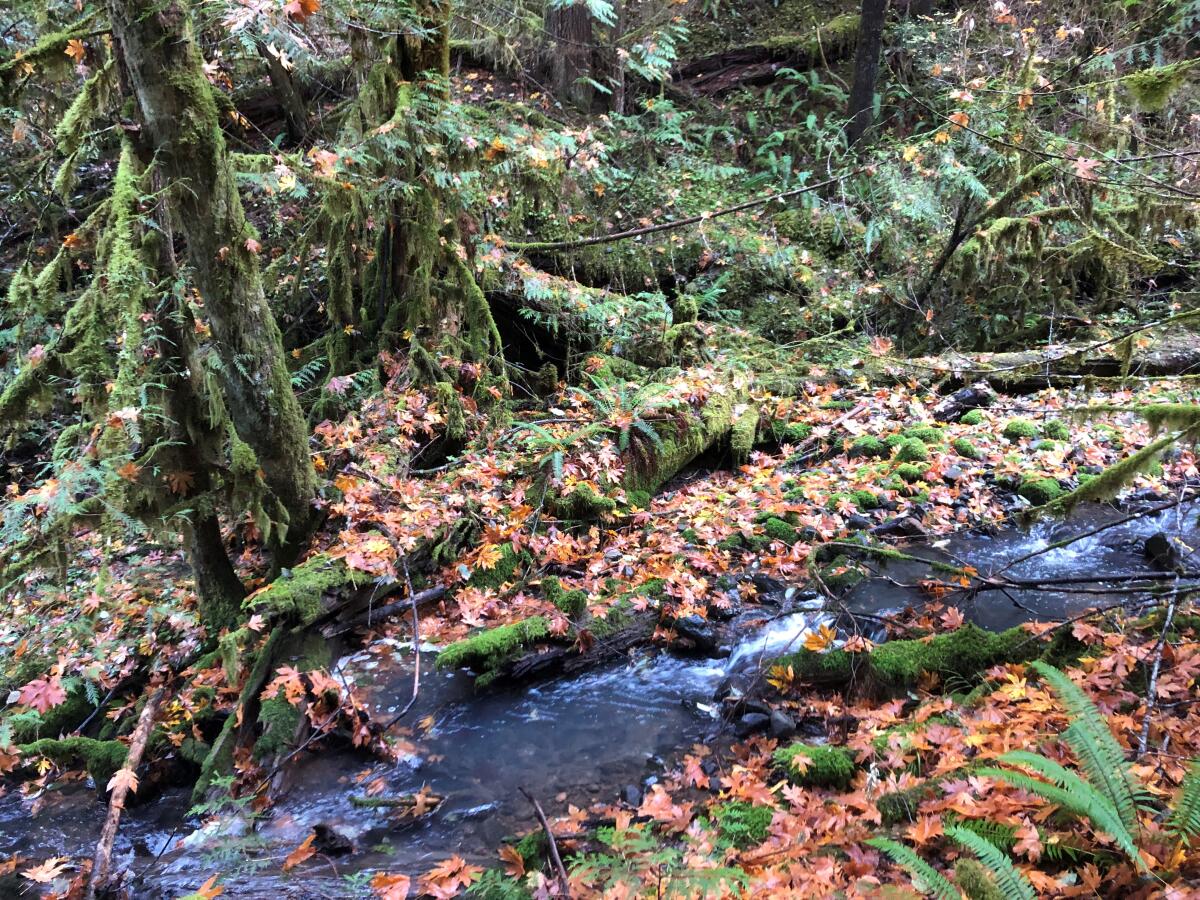
Erich Reeder, Medford, Ore.: The vast richness of global biological diversity — much of it microscopic, unknown and underground, in the air, in the waters of the world and all around us — creates an amazingly resilient, interlinked, multi-dimensional web of life with the astonishing and marvelous ability of adjusting to disturbances and healing itself.
The forest in the photo above was entirely logged with heavy machinery 80 years ago. It has been left alone since then and is healing up beautifully through innumerable natural pathways and processes, once again transforming itself into a magnificent mature, living, diverse forest community — all the while sequestering and storing great amounts of carbon from the atmosphere.
It is this miraculous power of nature to repair and heal itself that gives me hope.
Diana Richardson, San Diego: Good people and good news.
Amid all the deeply disturbing and discouraging news, there are gems that remind me that goodness abounds. Whether it’s young people in Montana who sued the state over its failure to consider climate change when permitting fossil fuel projects (and won!), to legions of individuals who quietly adjust their own lives and habits in order to reduce their own emissions, I am cheered by this diverse but collective consciousness to improve our planet. Our collective voices and actions can make a difference. Vote!
Most people now, thankfully, know that climate change is happening. That alone took some doing, but finally “climate change” is not such a difficult or questionable concept for most people to understand. The gains are slow, agonizingly slow — life is suffering due to climate change, and our world is still fraught with those who strongly promote misinformation. But the snapshot of knowledge and policies today around this issue is far different and better than it was even 10 years ago.
That gives me hope for the next 10 years, and the 10 years after that, etc. So, I keep tuned in to good news and am inspired by good people.
Paul Scott, Santa Monica: The manufacturing of internal combustion engines will end around 2035, a mere 12 years from now. Countries representing most of the world’s vehicle market will disallow the sale of new combustion-engine vehicles after that date, only allowing electric. Existing vehicles will age out over the following decade, leaving a 100% electric fleet powered by an ever-greening grid.
This is happening very quickly, yet most people are completely unaware. Many on the political right claim they will never drive an EV, but we’ll force them to do so by eliminating their choice to buy a gas-burning vehicle. And once the internal combustion engine industry is dead, it’s dead forever.
A beautiful silver lining is that this will eliminate half the oil industry’s revenue, reducing their political power. Solar and wind companies tend to support progressive politicians who support clean energy. You can help by never buying a new gas car again.
Shiflett family, Sacramento: Raiya (8) says: People who are planting trees.
Cora (5) says: Being with my mom in the forest.
Christian (dad) says: That life will continue regardless of the catastrophe we are bringing upon ourselves.
Charlotte (mom) says: Every day and everywhere, there are individuals and organizations devoted to creating more resilient communities — locally, nationally and globally. Witnessing and participating in those efforts gives me hope.
Richard Spotts, St. George, Utah: I am hopeful because of my professional and volunteer involvement on environmental issues for well over 50 years.
Before I retired, I had several environmentally relevant jobs including as an environmental attorney, registered lobbyist, watershed project director and federal compliance official. In each job, I learned the wisdom of “endless pressure, endlessly applied” in achieving often long-shot environmental victories.
Optimism, persistence, tenacity and hard work are usually required. You almost never know where the “tipping point” will be for an environmental campaign to become successful. But if you are pessimistic you will likely never reach it. So hope is indispensable. Indeed, for those of us who love the natural world and know that it sustains us, hope is the only sensible choice.
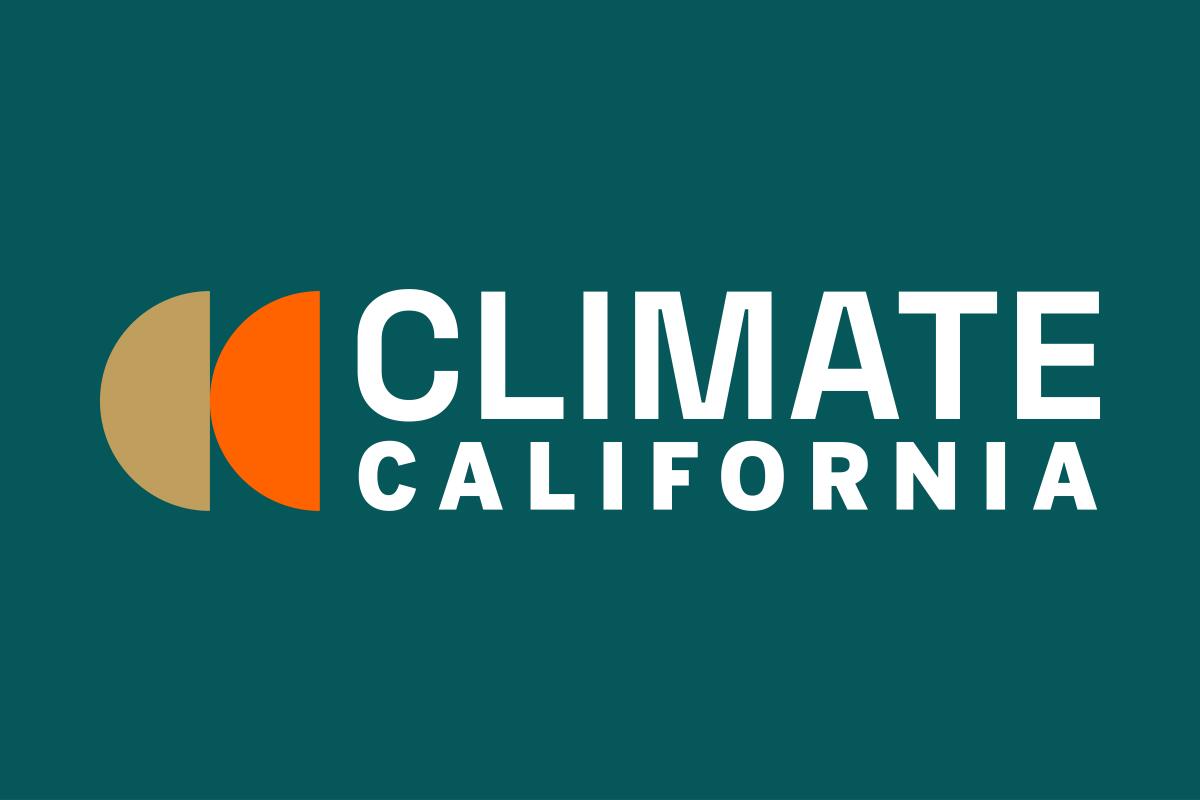
Sarah Starr, Los Angeles: What gives me hope? The terrific work the L.A. Times has done this year to bring climate issues to the forefront. At last, the climate crisis is front page news, all the time. All over the world people are recognizing that this is our primary existential issue, and we all call for nations to work together to solve it.
What gives me hope? The nonprofits and scientists and young people who are suing the corporations and, yes, our government to rein in the industrialization of our remaining natural world. May they succeed. Not only do we need to invest in green energy, we need to stop carbon-spewing practices, witness the U.S. military.
What gives me hope? The wild animals, who, without voices, votes or money of their own to save their own skins, live on to show us the wonder of the universe and the single miracle of our planet.
ONE MORE THING
And as for me? I’m grateful to all of you who support our journalism at the L.A. Times, and continue to read Boiling Point even when you disagree with me, and are generous in sharing your ideas and suggestions and questions. You give me hope that there are enough people who care about building a better world that it might be possible.
Happy Thanksgiving. Talk more next week.
This column is the latest edition of Boiling Point, an email newsletter about climate change and the environment in California and the American West. You can sign up for Boiling Point here. And for more climate and environment news, follow @Sammy Roth on Twitter.
Toward a more sustainable California
Get Boiling Point, our newsletter exploring climate change, energy and the environment, and become part of the conversation — and the solution.
You may occasionally receive promotional content from the Los Angeles Times.




